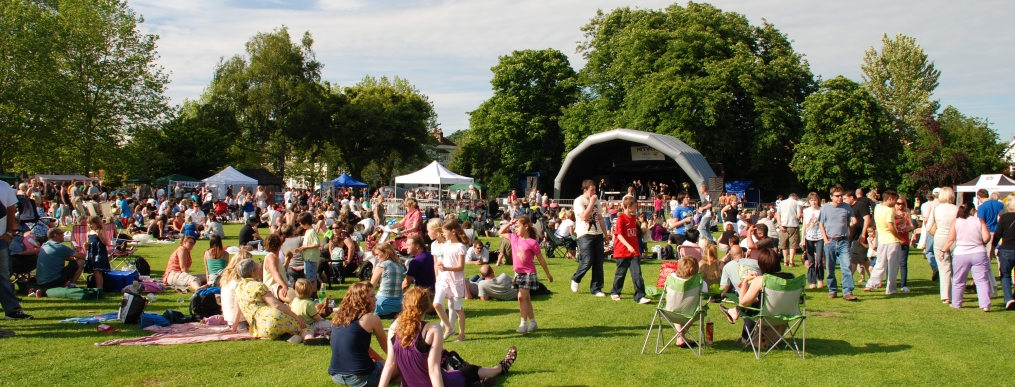Coyotes naturally fear humans and should remain wild animals with little human interference. Coyote sightings often increase because of humans intentionally or unintentionally providing a food source.
These family-oriented canids play a vital role in ecosystems, particularly in managing populations of small rodents such as rabbits, rats and mice in southern Ontario.
Coyotes tend to be more visible in the winter during mating season (January – February), in the spring when selecting dens and rearing pups (April – June) and in the fall when pups leave the den (September – October).
Coexisting with coyotes
While coyotes generally avoid humans, they can pose a serious threat to pets such as cats and small dogs. It is important to be aware of wildlife with which we share our communities. This can minimize human and wildlife encounters and conflict.
Coyotes usually avoid humans, but encounters can occur in both rural and urban areas of Milton.
Coyote-proof your property
|
|
We can reduce conflicts with coyotes by making changes to our properties.
- Never feed or leave food out for wildlife;
- Store garbage, compost and pet food in a secure place coyotes cannot access;
- Remove all sources of water and food from your yard, including birdseed and fallen fruit;
- Remove long grass, dead brush and woodpiles. These conditions provide potential den sites for coyotes or other wild animals that attract coyotes;
- Ensure gaps around and under decks and sheds are closed off with wire screening;
- Use motion sensor lights.
|
Protect your pets
|
- When away from your property, keep your dog on a leash, do not let your dog chase a coyote and consider carrying a flashlight at night to scare off coyotes;
- When on your property, keep your dogs inside at night, store pet food indoors and keep an eye on your pets at all times, even in a fenced yard;
- Clean up after your dog. Coyotes are attracted to dog feces;
- Keep cats indoors;
- Do not feed pets outdoors. The smell of food may attract wildlife.
|
What to do if you encounter a coyote
|
- Practice hazing to scare the coyote and let them know they are not welcome. This can help teach a coyote not to approach people;
- Appear aggressive: stand tall, wave your arms, shout, clap your hands and make a lot of noise;
- Keep pets attended and on leash;
- Do not turn your back on, or run from, a coyote;
- If you see pups or suspect there are pups in the area or if the coyote is not easily frightened away, keep your dog on a short leash, pick up small pets and children, and back away from the area;
- Do not leave food waste in park garbage as this may attract rodents and coyotes.
|
Can coyotes be relocated?
|
- Relocating coyotes is illegal;
- The capture and relocation of coyotes more than one kilometre away is not permitted under Ontario's Fish and Wildlife Conservation Act;
- Relocation would only be a temporary solution. Research shows wildlife relocated from urban areas usually return or become a problem elsewhere.
|
Report a sighting
In general, it is best to reduce and discourage human contact with coyotes. The Ministry of Natural Resources also shares tips for preventing and managing conflicts with coyotes.
- If a coyote poses an immediate threat to safety, call 911;
- To report a sick or injured coyote on public property, please contact Coyote Watch Canada, a not-for-profit organization that advocates for positive human and wildlife experiences;
- Report a sighting.




